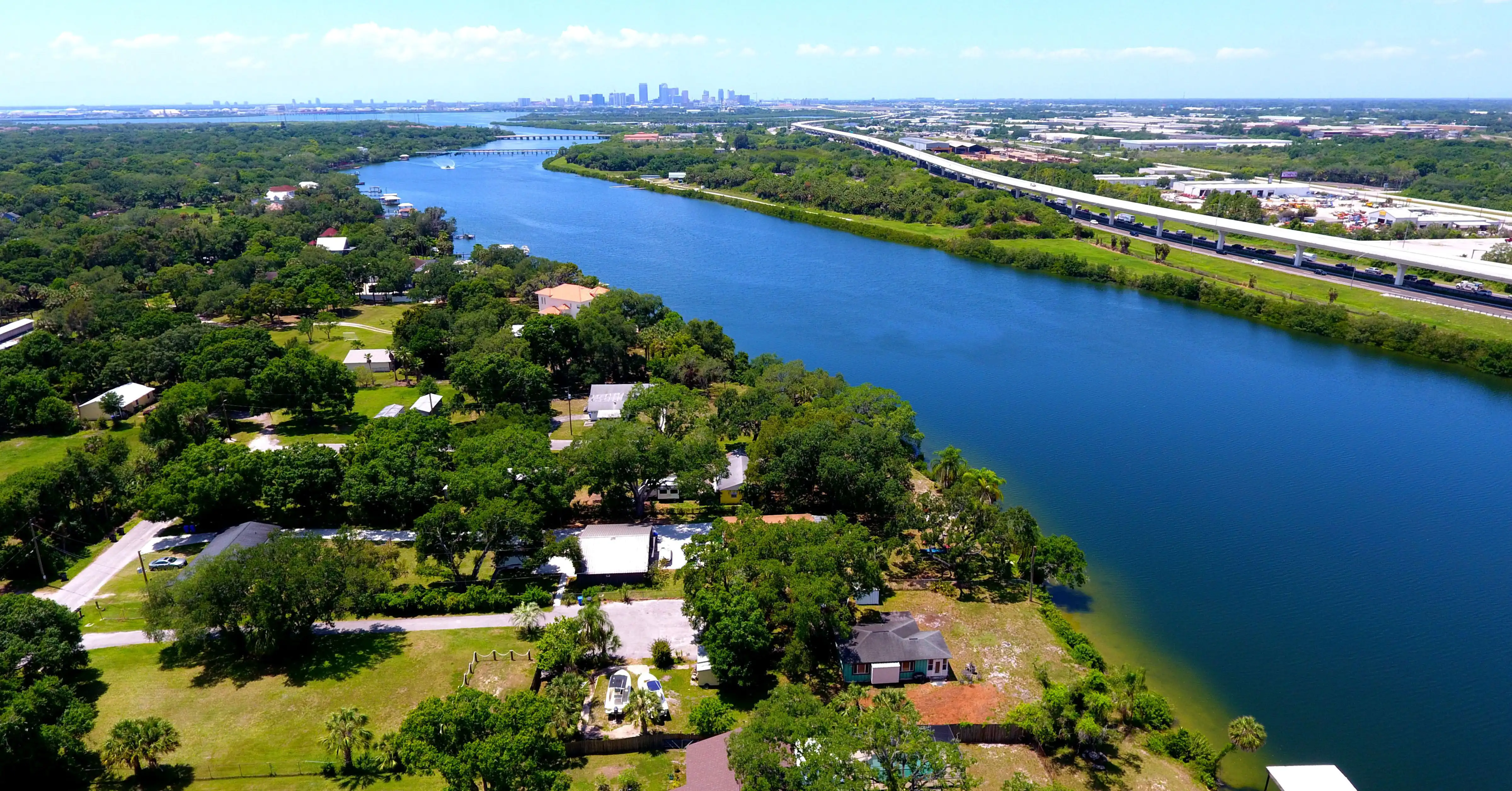The COVID-19 pandemic may change our cities for years to come.
According to a new real estate report by Forbes, "In crowded housing markets hit hard by the coronavirus pandemic, city dwellers are looking at where they want to live through a new lens."
Some real estate analysts believe that the impending urban exodus may be the biggest one in 50 years. That raises a few questions:
- Who will remain in urban areas, and who will move into them?
- What will cities need to do to attract new buyers and renters?
- How can real estate brokers, agents and investors capitalize on these trends?
Small and Smile Are Keywords
Smaller cities are actually faring well throughout the pandemic. Pending sales for cities with populations between 54,000 and 137,000 rose close to 35% over just one year. Many people still want the conveniences and energy of urban life but prefer the intimacy and safety of less crowded geographies.
Buyers are likewise attracted to the "smile states" in Southeast, Southwest and Western markets (they're aptly named because of the smile you can trace across these states on the map from northern California through Texas and up to Maryland). Cities in those regions are seeing an uptick in real estate deals since the COVID-19 pandemic began compared to lower growth rates in the Midwest or the Northeast.
What Are Home Buyers and Renters Seeking in Urban Areas?
Although proximity to work is no longer essential for many consumers, buyers and renters still have high standards for other features and amenities when contemplating a move due to the work-from-home trend.
Attractive Cost/Style of Living
Smaller cities offer many of the same features and conveniences as larger ones but enable homeowners and renters to get more space for their dollar and lower tax rates. Proximity to sunshine and outdoor activities are also often strong draws when people contemplate a move.
Green Features
Sustainability is more important than ever to younger buyers, and they often look for cities that exhibit a true commitment to environmentally sound practices.
A Wide Range of Convenient Activities
City living has always appealed to those people who want shopping, dining, and cultural and outdoor activity options, all within a short drive or walk. These cities of the future will be fully integrated work/play "pods." As many city dwellers give up their own cars for shared services like Uber and Lyft — or walkable and bikeable areas — the 15-minute city will rise in popularity.
Technology Sophistication
High-speed Wi-Fi and investments in STEM education are especially appealing to people working from home and those who need to stay connected and educate themselves and their families about future careers. As the population ages, technology has also become a way for older adults to stay safe and healthy.
How Brokers, Agents and Investors Can Respond to These Trends
Knowing as much as you can about migration data is critical if you want to find new prospects and take full advantage of today's deals.
If you happen to be in a large urban area such as Manhattan or Los Angeles, you can help your clients identify and respond to great deals. With mortgage rates low and inventory opening up in less "popular" cities, buyers and investors can grab up some great long-term opportunities.
If your real estate focus is in a smaller city, become familiar with the area's features and long-term plans. Share your knowledge and trends to establish yourself and your firm as trusted experts in urban living. Partnerships with other brokers in high-growth cities can also help you and your clients as you build out your referral network.
As the COVID-19 pandemic wanes, big cities will make a comeback. Some analysts even believe that the urban exodus is a myth. Make sure your selling and investment strategy meets the needs of today's buyer/renter, but don't lose sight of the future in the process.



